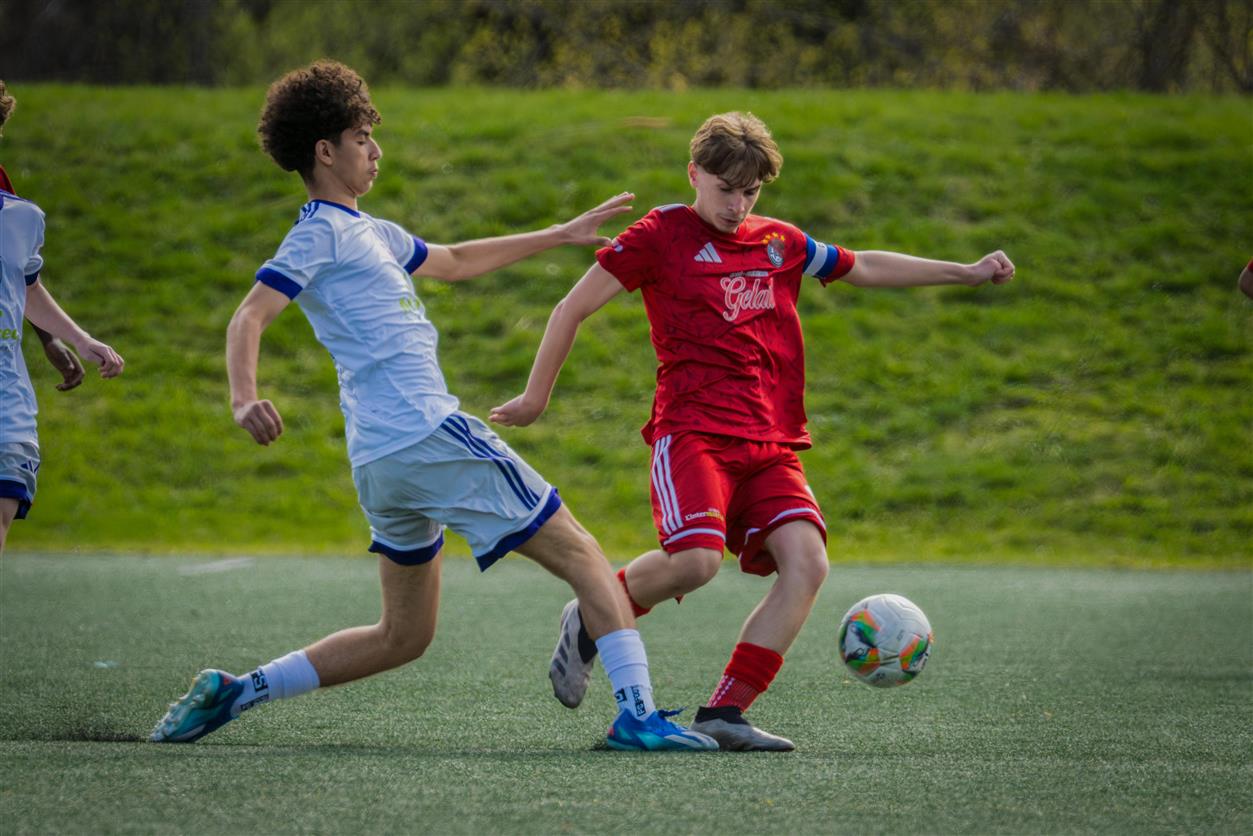
Over the last two decades, youth sports have undergone a transformation. What was once a recreational after-school activity aimed at promoting teamwork and general fitness has become, for many families, a high-pressure, year-round pursuit. Children as young as eight are now engaging in specialized training programs, traveling for tournaments on weekends, and committing to singular sports with the hope of scholarships or professional futures. With this shift has come a silent but widespread issue: overtraining.
What used to be rare is now routine—young athletes pushed to the brink physically, mentally, and emotionally. The cost? Burnout, chronic injuries, and an increasing number of children stepping away from sports altogether before reaching their teenage years.
The Push to Specialize Early
One of the driving forces behind the overtraining epidemic is early specialization. Instead of participating in a variety of sports throughout the year, many kids are now focused on one discipline, often at the urging of parents or coaches who believe this will increase their competitive edge. The belief is that to become elite, you must start early and train relentlessly.
However, data tells a different story. Studies have shown that early specialization may actually reduce the chances of long-term athletic success and increase the risk of overuse injuries. NBA legend Steve Nash, tennis star Roger Federer, and countless Olympians all played multiple sports growing up. Their diverse physical backgrounds helped build well-rounded athleticism and delayed the onset of burnout.

Injury Patterns Reflect a Larger Issue
Pediatric sports medicine clinics have seen a sharp rise in overuse injuries like stress fractures, tendinitis, and growth plate damage. These are not the result of freak accidents but rather the cumulative wear and tear of too much repetition without enough rest. For example, young baseball pitchers are throwing hundreds of pitches per week, even during off-seasons. Soccer players are running daily drills with little time for recovery. The body, especially a growing one, simply isn’t built to withstand such continuous strain.
These injuries aren’t just sidelining athletes for a few weeks. In some cases, they require surgery or long-term rehabilitation, effectively ending a child’s athletic journey before it really begins.
The Role of Parents and Coaches
Well-meaning but misinformed adults play a central role in this epidemic. Parents may see youth sports as a gateway to scholarships or career opportunities, while coaches often feel pressure to produce results and trophies. The outcome is a competitive environment that prizes intensity over balance.
In many cases, children internalize these pressures, learning to push through pain or avoid admitting fatigue for fear of losing playing time or disappointing adults. This mindset can lead to not only physical harm but also psychological stress.
Athletes are told to “tough it out,” even when their bodies signal otherwise. Over time, this normalizes a culture where injury is seen as weakness and rest is viewed as laziness.
Mental Health Takes a Hit
Overtraining isn’t just a physical issue—it takes a mental toll as well. The constant pressure to perform, coupled with a lack of downtime, can lead to anxiety, depression, and overall disengagement. Youth who once played sports for fun start to see it as a chore or obligation.
Burnout is real. Some kids who were once passionate athletes walk away completely, disillusioned and exhausted. This not only deprives them of the joy sports can bring, but also erases the many benefits of athletic participation: social skills, confidence, emotional regulation, and lifelong fitness habits.
The Systemic Problem of Youth Sports Commercialization
A major undercurrent in all of this is the growing commercialization of youth sports. Club teams, private trainers, performance camps, and recruiting services have turned what was once a community-centered pastime into a multibillion-dollar industry. Children are viewed less as developing individuals and more as investments.
Tournaments are scheduled year-round, often in far-flung locations, with families shelling out thousands of dollars for travel, gear, and registration. This system rewards overparticipation, sending the message that more is always better.
But this “more is more” approach doesn’t lead to healthier, happier athletes. It leads to breakdown—of bodies, minds, and the joy of the game itself.
Rethinking the Model
What’s needed is a recalibration of values. Sports organizations, schools, and parents must work together to prioritize long-term athlete development over short-term wins. That includes:
- Encouraging multisport participation during early and middle childhood years.
- Implementing mandatory rest periods between seasons or intensive training blocks.
- Setting limits on hours per week of training based on age and developmental stage.
- Listening to athletes, especially when they report pain, fatigue, or disinterest.
- Fostering an environment where health and well-being are emphasized over rankings and results.
Countries like Norway have implemented youth sports policies that prohibit national rankings before age 13 and emphasize enjoyment over competition. The result? High rates of participation and a track record of producing world-class athletes later in life.
The Importance of Free Play and Rest
Equally vital is unstructured play—something that has been largely squeezed out of children’s lives by organized sports. Climbing trees, riding bikes, and neighborhood pickup games may not seem as “productive,” but they help children develop creativity, resilience, and intrinsic motivation.
Rest, too, should not be viewed as a break from progress, but as a critical part of it. Recovery time is when muscles rebuild and skills solidify. Teaching children to value rest may not just improve their performance—it can protect their long-term relationship with physical activity.

Conclusion
Youth sports should be a foundation for lifelong health, teamwork, and confidence. But in its current form, the system is failing too many young athletes. Overtraining has become normalized, even celebrated, despite its clear risks. Without thoughtful change, we risk losing the very thing sports were meant to provide: joy, connection, and growth.
It’s time to shift the narrative—from pushing harder to playing smarter. Only then can we create a culture that supports young athletes not just in winning games, but in developing into whole, healthy people.
4o






